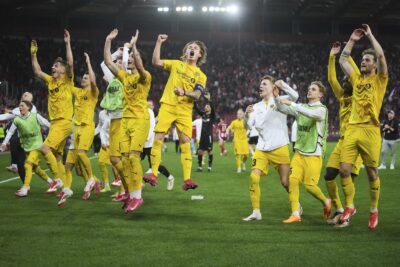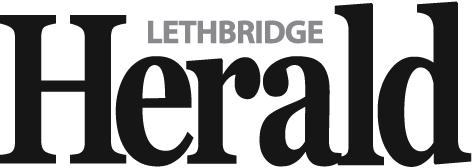The ultimate leveler: Giantkilling Bodø/Glimt has a secret weapon to bring down Europe’s giants
By Canadian Press on May 7, 2025.

Located north of the Arctic Circle and needing to deal with brutal weather conditions, Norwegian soccer team Bodø/Glimt has an artificial playing field that’s built to handle just about anything.
Including much bigger rivals.
That could be bad news for Premier League giant Tottenham Hotspur when the teams meet in the Europa League semifinal second leg on Thursday.
Spurs leads 3-1 after the first game, but that advantage could look slender once play gets underway at the Aspmyra Stadion in the fishing town of Bodø, more than 1,000 kilometers (620 miles) north of Oslo.
Despite the town having a population of around 55,000, Bodø/Glimt – unheralded outside of Norway – continues to pull off shock wins against famous opponents on home turf.
And it is that artificial surface that seems to be such a leveler for teams unused to playing in sometimes Arctic conditions and away from traditional grass.
Evangelos Marinakis, president of Greek team Olympiacos, was critical after a 3-0 defeat in the Europa League in March, saying “we played on a pitch that is not like other European stadiums” and claiming one of his players “got injured due to the pitch conditions.”
Olympiacos won the second leg 2-1 at home, but was eliminated 4-2 on aggregate, with Marinakis lamenting: “what truly matters is what happened in the first match.”
Banned
It is certainly unusual to see a high level match like the semifinal of a major European competition played on artificial turf, which is criticized for the way the ball rolls and bounces in comparison to to grass.
Sometimes called plastic pitches, they were banned in England in 1988 due to higher rates of injuries and inconsistent playability. But UEFA allows approved artificial pitches to be used up to and including the semifinals of its competitions – the Champions League, Europa League and Conference League.
“High level football in (a) plastic pitch is not high level football,” Fenerbahce manager Jose Mourinho said after a Champions League qualifying game against Lugano last July, which was also played on artificial turf. “The ball is slow, the players cannot dribble, they run with the ball and the ball stays behind. The game is slow, so honestly I don’t understand why UEFA allows Champions League in (a) plastic pitch.”
Scottish Premiership clubs have voted to ban artificial pitches in the top flight from the beginning of season 2026-27.
World governing body FIFA also allows approved artificial surfaces, but is relaying synthetic pitches as grass for the men’s World Cup in the United States, Canada and Mexico next year.
Advantage
Bodø/Glimt’s record at its 9000 capacity stadium would certainly seem to point to an advantage and it has played a major role in it becoming the first Norwegian team to reach the semifinals of a top European club competition.
As well as Olympicos, it has won home games against Lazio, Porto, Besiktas and FC Twente this season. It beat Red Star Belgrade in a home Champions League qualifier earlier in the campaign, but went out on aggregate.
It also thrashed Roma – then managed by Mourinho – 6-1 at home in the Conference League in 2021.
A source of encouragement for Tottenham is the fact that Bodø/Glimt has lost all four of its games against English opposition – including a 3-2 defeat at Manchester United this season.
Tottenham manager Ange Postcoglou, however, lost 5-1 on aggregate against the Norwegians when in charge of Celtic in 2022. That included a 2-0 defeat at the Aspmyra Stadion.
“It is on artificial grass, but it’s still a game of football and I’ve been there, I’ve played there with Celtic,” he said after. “I know the experience and what is important for us is that we need to replicate what we did today (in the first leg).
“Irrespective of the surface, if we’re as disciplined and organised as we were today, with and without the ball, it won’t matter what the surface is, I think it will make it really difficult for us to be stopped.”
Why artificial?
Bodø/Glimt’s stadium is one of the most northernly in world soccer at 67 degrees latitude. The town, on the west coast of Norway, is known as a destination to see the northern lights.
But the climate, which can see temperatures dip as low as 4C (39.2F) in May during long winters, and less than an hour of sunlight on its shortest days, makes maintaining the playing field expensive and difficult.
Bodø/Glimt’s underground heating and synthetic turf allowed it to stage its quarterfinal against Lazio last month despite heavy snowfall completely covering the ground on the day of the game, which would have been unlikely on grass.
___
James Robson is at https://twitter.com/jamesalanrobson
___
AP soccer: https://apnews.com/hub/soccer
James Robson, The Associated Press
-33


